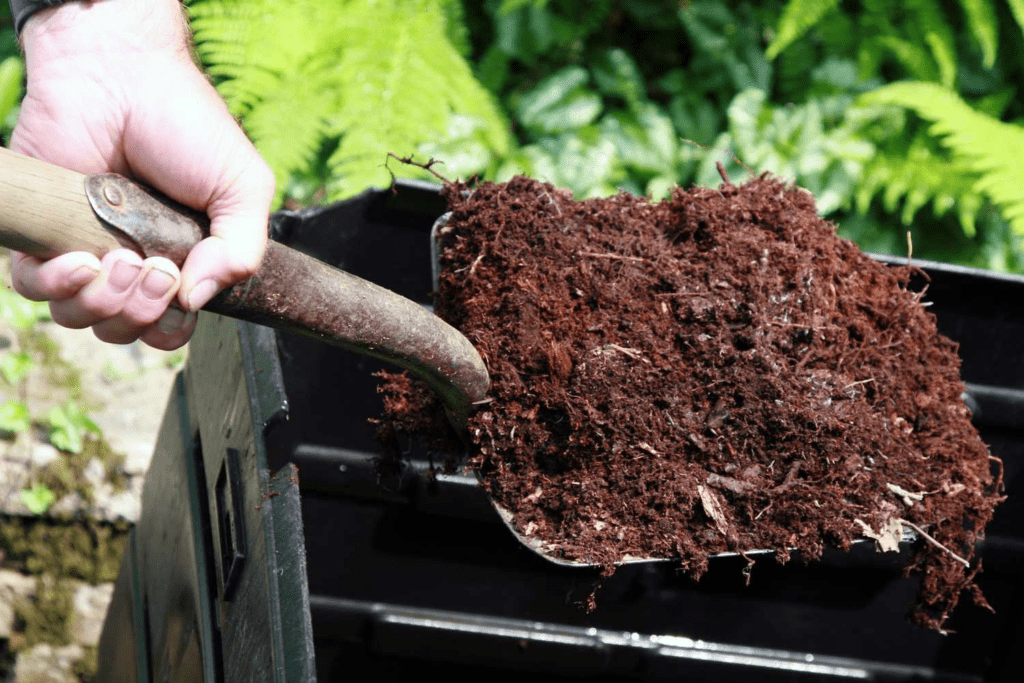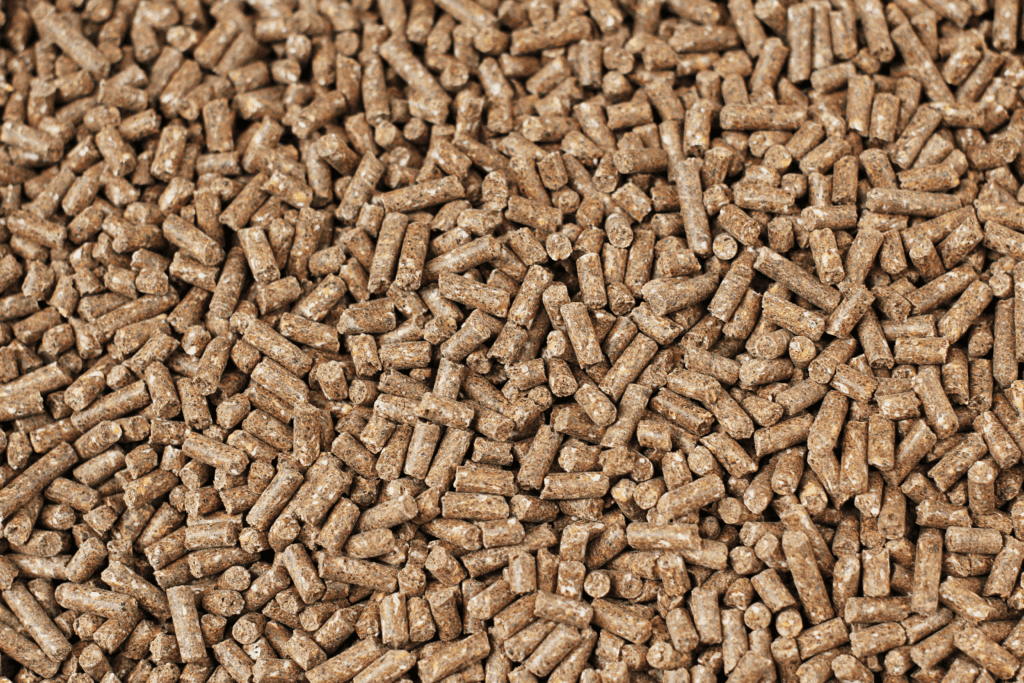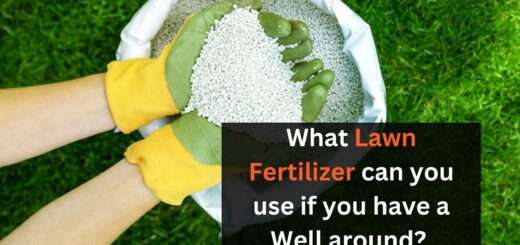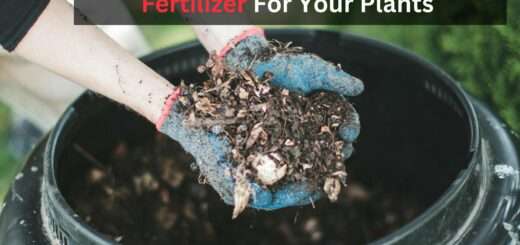Best Homemade Fertilizer for Tomatoes: Feed Your Tomatoes
The demand for tomatoes is increasing day by day, due to which prices are also rising. I have a solution that will save your money, why not start growing tomatoes in your garden?
Yes, it is possible to grow them, and the interesting fact is that there is no need to spend money on buying fertilizers because I have a solution for this as well. Why not use homemade fertilizer for tomatoes?
Yes, even this is possible. Want to know how to do this? Continue reading the article, in which I have explained all my implemented steps to create homemade fertilizer.
Recipe for Homemade Tomato Fertilizer:
As we all know the demand for tomatoes is due to their nutrition, branch root system. For growing them in large production you need to keep them happy throughout the growing season. To grow them in your garden you need to provide them with attention and make sure to have healthy plantings and good fruit growth. You need to provide them two main nutrients phosphorus and calcium which can be fulfilled by providing fertilizer to them.
The following is the recipe for making homemade tomato fertilizer:
1. Take a container i.e. one gallon or larger just like a bucket.
2. Need to have ½ gallon of compost.
3. Need 2 cups of rabbit droppings.
4. Take at least ½ cup of human and pet hair and cut them into small pieces.
5. Take 2 cups of fired alfalfa leaves or you also have alfalfa pellets.
6. Take 1 cup of dried crushed eggshells.
7. A cup of dried tea or coffee grounds.
8. Need to take 1 cup of wood ashes.

Steps to make homemade tomato fertilizer:
- For making the perfect amount of homemade tomato fertilizer you need to place ½ gallon of compost in the container.
- After that add rabbit droppings and hair into it.
- With the help of a short wooden stake, you need to stir the ingredients.
- At last add alfalfa leaves, crushed eggshells, tea grounds, wood ash, and coffee and mix them well.
Best homemade fertilizer for Tomatoes:
Everyone has their own recipe for tomato fertilizer and has different opinions on deciding which is the best fertilizer for tomatoes.
Providing tomato fertilizer depends upon the material or the availability you do have for example if you are raising chicken you can provide the tomato the chicken manure, Rabbit manure also helps them to provide nutrients, etc. It all depends upon the availability.
Let’s learn how to provide the tomatoes with the best homemade fertilizer recipe:
Compost is the Base:
- You need to use high-quality compost for the base.
- Using compost is very profitable for the tomato plants.
- You can easily make the compost by using wedges, scraps, and some other common materials that are easily available in your home.
- You can also buy organic compost from your nearby store.
- Using a chicken or rabbit-composed manual will also be profitable.
- Compost is considered an all-purpose fertilizer that will provide most of the nutrients to the plant.
- It does contain micronutrients and macronutrients.
- You can feed the compost to the tomatoes in the entire growing season.

Add The Nutrients Needed:
- You can add different types of fertilizer to create the best mixture for growing your plant, for example adding a cup of wood Ashes that will help the plant to increase the potassium and phosphorus levels.

Wood Ash:
- From a wood burning you can get wood Ash that is a good source of potassium and phosphorus.
- Make sure not to add too much of good because it will increase the pH level of the soil.

Kelp Meal:
- You can also add cups of kelp meal that will help in increasing the potassium level.
- The potassium needed by the tomato plant is at the last phase of flowering and fruiting

Cottonseed Meal:
- You can also add cottonseed meal which is a good natural tomato fertilizer.
- The cotton seed meal contains nitrogen potassium and phosphorus which will help the tomato plant in all their growing stages.
- The nutrition present in the cotton male seed will take about 4 months to release the nutrient

Bone Meal:
- Bone meal is also considered a good nutrient for providing phosphorus to the tomato plant, especially during the initial growing stages.

Coffee Grounds or Tea Leaves:
- The coffee grounds or tea leaves levels of Nitrogen which is useful for the tomato plant.
- Nitrogen needed by the tomato plant is at all levels of growing stage but the need is lesser in the last phase.

Alfalfa Pellets:
- You can add nitrogen to your fertilizer by adding some amount of alfalfa pellets.
- For adding it you need to dampen it in the soil so that after using with tomato fertilizer recipe they are close to it.
- You need to make sure to mix the pellets well so that the plant gets nitrogen.

Blood Meal:
- In case there is a need for a higher dose of Nitrogen then you can add a cup of blood meal.
- The blood male does contain the highest amount of Nitrogen among all the possible fertilizers which is between 9 to 14%.
- Before adding it to your soil you do the soil testing first.

Pet or Human Hair:
- Using the pet Or human hair also works in a good way for homemade tomato fertilizer.
- It works as a slow-release nitrogen source having keratin, a protein that is required by the tomato.
- You need to be sure to cut the hair finely to mix them throughout the fertilizer.

How and when to fertilize tomatoes properly?
The following are some points that will help you to know how and when you need to fertilize tomatoes:
Before planting tomatoes :
- Before planting tomatoes you need to place where the soil must be nutrient-rich and you can maintain it by burying compost underground throughout the growing season.
- To add compost you need to dig holes 15 inches deep and then add compost which includes cow manure, bone meal, and crushed eggshells, and at last cover it with soil.
The seeds:
- In the case of growing the tomato from seeds, they don’t require additional nutrients to germinate.
- They have enough for the first leaves.
After transplantation:
- The perfect time for adding fertilizer containing nitrogen is 3 or 4 weeks after transplanting.
- In case the soil is rich in nitrogen then you need to focus on phosphorus-rich fertilizer for example bone meal that has an NPK ratio of 3-15-0.
When flowering:
- During the stage of flowering the tomato needs potassium so you need to increase the potassium level.
- Need to add a fertilizer having an NPK ratio of 8-32-16 or 6-24-24.
- The usage of fertilizer depends on the types of tomato fertilizer.
When fruiting:
- At the stage of fruiting, they need to supply the tomato with phosphorus so that they have healthy fruit.
- The right amount of fertilizer is with NPK ratios 24-8-16 or 18-18-21.
- You need to spread the liquid fertilizer about 6 inches from the plants.
Different types of tomato fertilizer:
Tomato fertilizers are available in different forms like liquid, water-soluble, or granular such as:
Liquid tomato fertilizer:
- Adding liquid tomato fertilizer is the best option for providing the plant with nutrient micronutrients and other minerals.
- You can easily use the liquid tomato fertilizer by watering techniques such as drip irrigation cone spike irrigation bottle irrigation etc.
- The right time for using the liquid tomato fertilizer is after transplanting the plant when it starts to bloom and is at the stage of fruit setting.

Water-soluble fertilizers:
- The water soluble fertilizer is dissolved in water and then you can easily apply it on tomato plants throughout the growing season.
- It does contain mixes of nutrients and other useful minerals for the plant to grow at its best.
- You need to follow the producer’s instructions and avoid over-fertilizing the plant.

Granular fertilizers:
- The granules fertilizer is the cheapest fertilizer than other.
- The plant does need more time to assess the nutrients as they are quick-release or slow-release formulas.
- You need to mix the Fertilizer in well into the soil before planting the tomatoes.

Basic points to remember while buying tomato fertilizer:
The following are some basic points you need to remember if you are buying a tomato fertilizer:
1. NPK ratio:
Avoid feeding your tomato plants with too much nitrogen fertilizer.
2. Fertilizer composition:
The tomato plants do need a good amount of micronutrients so you need to pick the fertilizer according to the plant’s needs.
3. The soil’s pH level:
You need to choose a tomato fertilizer that is able to maintain the soil pH level between 6.2 and 6.8.
4. The impact on the environment:
Always choose an organic environment-friendly product if you are buying from the store which is made up of natural ingredients which are best for your plant.
5. The plants’ growth stage:
The nutritional needs of the tomato plant are different throughout the year so you need to fertilize the tomato accordingly.
Conclusion:
You may think that fertilizing the tomato is a new technique in order to have more productivity but it is not new. In older times, grandparents were used to providing the plants with organic gardening methods by making natural solutions to fertilize the tomatoes which were more profitable than chemical fertilizer. So I will suggest you try any of the above Tomato Fertilizers to get more productivity.


